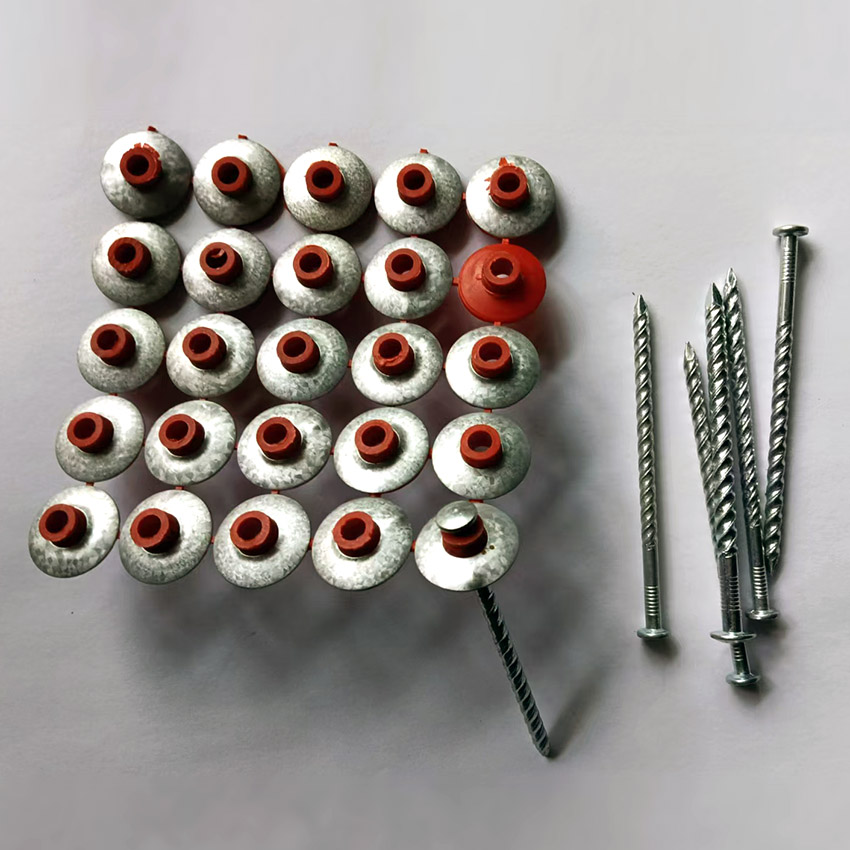In furniture making and building decoration, the fixed strength of oblique nailing is improved by more than 40% than that of vertical nailing.
First, the principle of mechanics: the winning code of three-dimensional force system
1. Decomposition effect of force
When the nail is driven obliquely at an angle of 45-60, its force can be decomposed into:
Vertical component: against gravity falling
Horizontal component: enhance the lateral bite force
Experiments show that this composite force system can increase the pull-out resistance by 2-3 times.
2. Cross-locking of wood fibers
Obliquely driven wood rings that can penetrate 3-5 layers form staggered anchor points, and the nail holding force is increased by 50% compared with straight-line penetration driven vertically.
Second, the three practical skills
1. The golden rule of angle selection
Cork (pine/Chinese fir): 45 oblique angle to avoid over-extrusion.
Hardwood (oak/mahogany): 60 oblique angle, with pre-drilled holes for crack prevention.
Splicing interface: double nails are splayed to disperse stress.
2. Nail tip treatment crack prevention skills
Aiming at the problem that hardwood is easy to crack:
Cut the nail tip flat with a vise to form a flat-headed nail.
Pre-drill a guide hole with a diameter of 2/3 of the nail thickness.
3. Special nail type synergy scheme
Spiral twist nail: the rotation resistance increases by 30% when the nail is tilted.
Steel nail with barbed wire: 4 times friction should be overcome when pulling out.
Third, common misunderstandings are solved
Myth 1: Vertical nailing is more labor-saving?
The measured data shows that:
Vertical nailing saves labor in the initial stage, but the probability of loosening in the later stage is 70%
The oblique nail method consumes 20% more force in the initial stage, but the long-term stability doubles.
Myth 2: Are all plates suitable?
Use the scene with caution:
Density board/particleboard: Inclined nails are easy to cause structural collapse.
Thin plate with thickness < <1cm: It is recommended to use screw connection instead.
IV. Historical Verification and Standard Specification
In the restoration of the ancient buildings in the Forbidden City, mortise and tenon+oblique nails are used in combination.
The angle of inclined nail of floor keel is more than or equal to 50.
Load-bearing joints need to be crossed by double nails.
Mastering these skills can prolong the life of homemade furniture by 5-8 years! It is recommended to wear non-slip gloves during operation to avoid hammering deviation.




